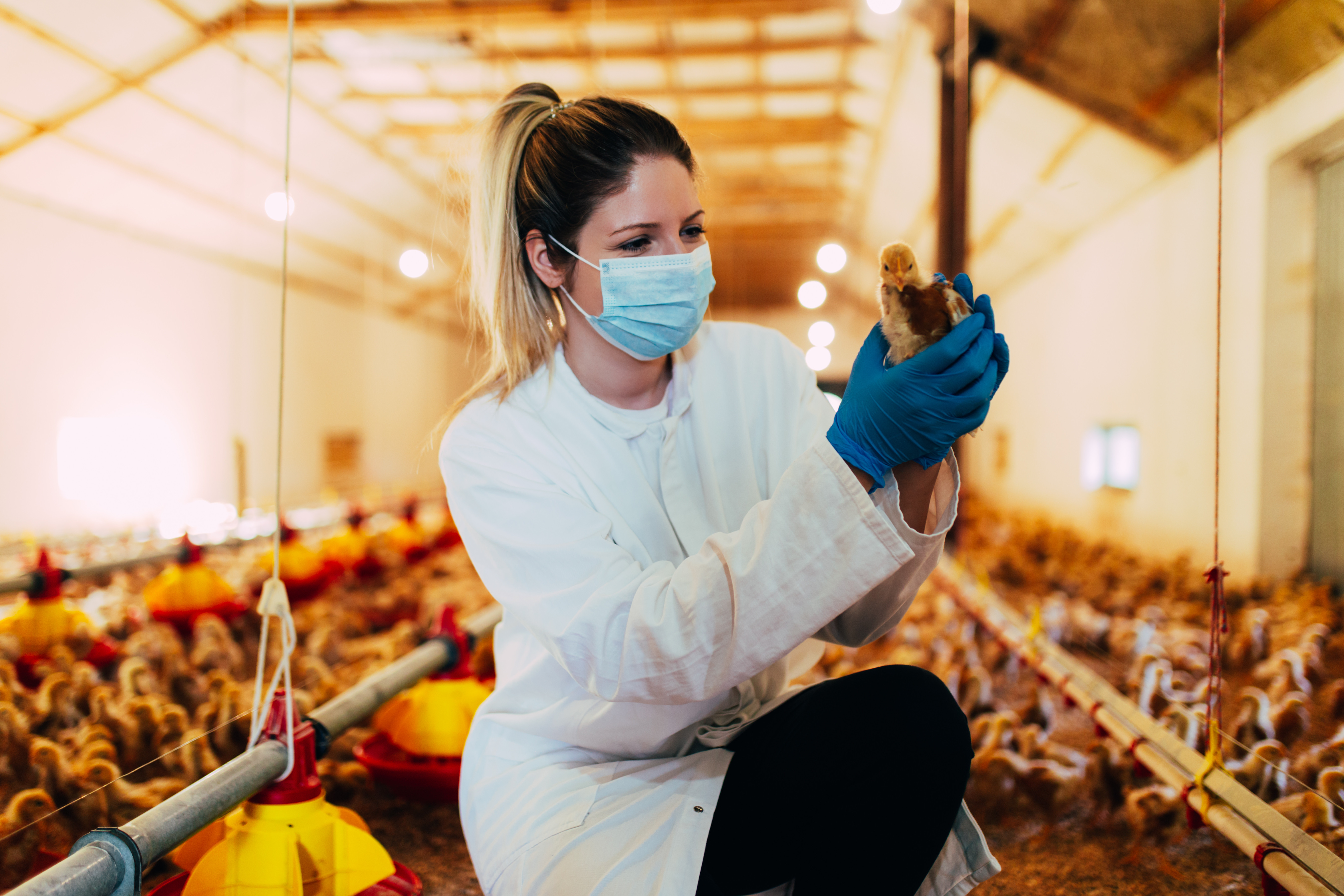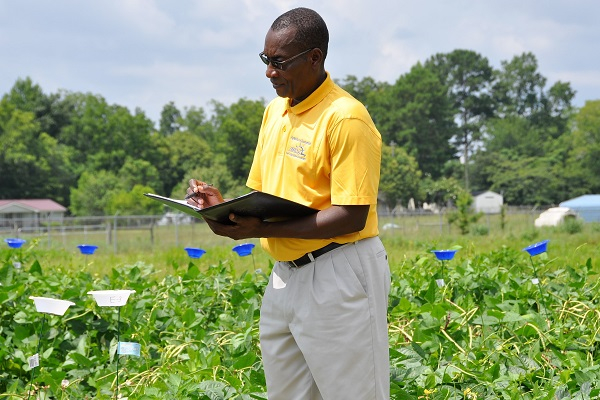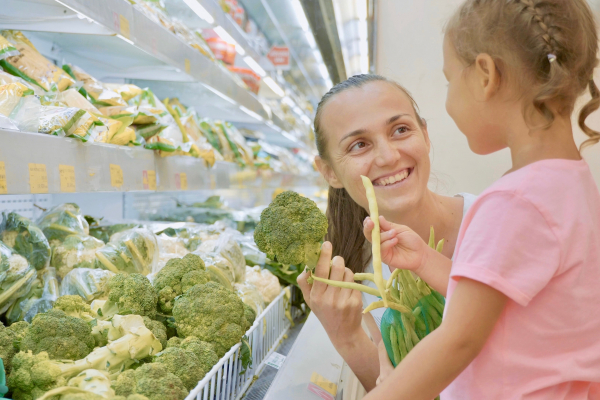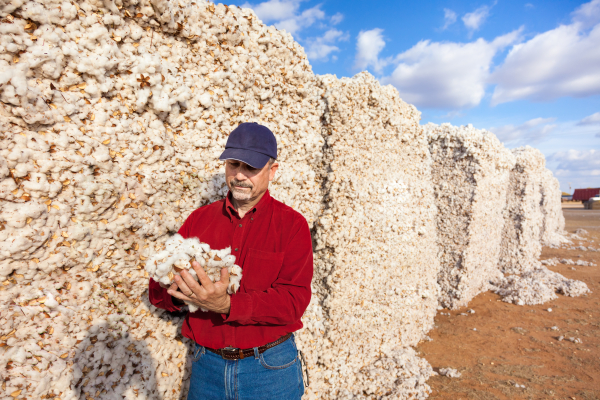Protecting People and Poultry

Salmonellosis is a disease passed from chickens infected with Salmonella bacteria to humans through their contaminated meat and eggs. It causes nearly 94 million infections with 155,000 deaths globally each year, and in the United States it is the leading food-borne illness and can lead to hospitalization and death.
Poultry vaccines have been used to reduce Salmonella in flocks, but do not control the disease completely. Live vaccines are sprayed on chickens, but FDA regulations prohibit the use of live Salmonella vaccines within 21 days of slaughter. Killed vaccines are available, but must be injected, making such products difficult to administer to poultry.
With USDA funding, researchers at the University of Georgia designed a killed vaccine that can be delivered to poultry through either drinking water or through feed using nanoparticle (submicroscopicsized particle) technology. In the last several years, the use of nanoparticle-based vaccines has been demonstrated to improve vaccine efficacy, immunization strategies, and targeted delivery to achieve desired immune responses at the cellular level.
The project is the first to develop a safe and effective nanoparticle-based Salmonella vaccine for oral delivery in chickens. The model can be modified to deliver additional vaccines against other food-borne pathogens like E. coli and Campylobacter, thereby improving food safety for consumers and productivity in poultry flocks.


